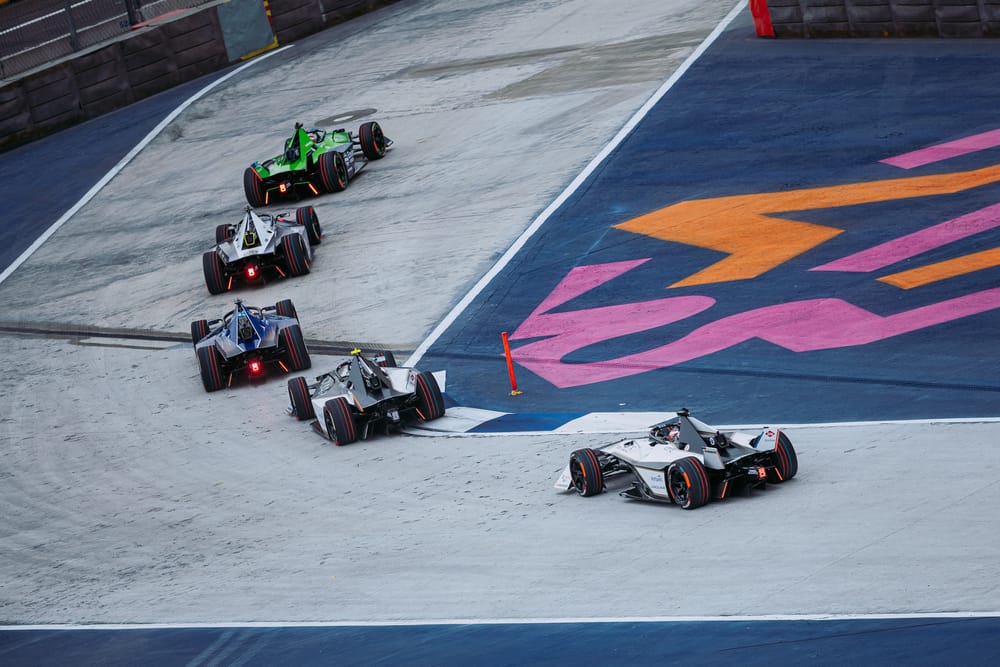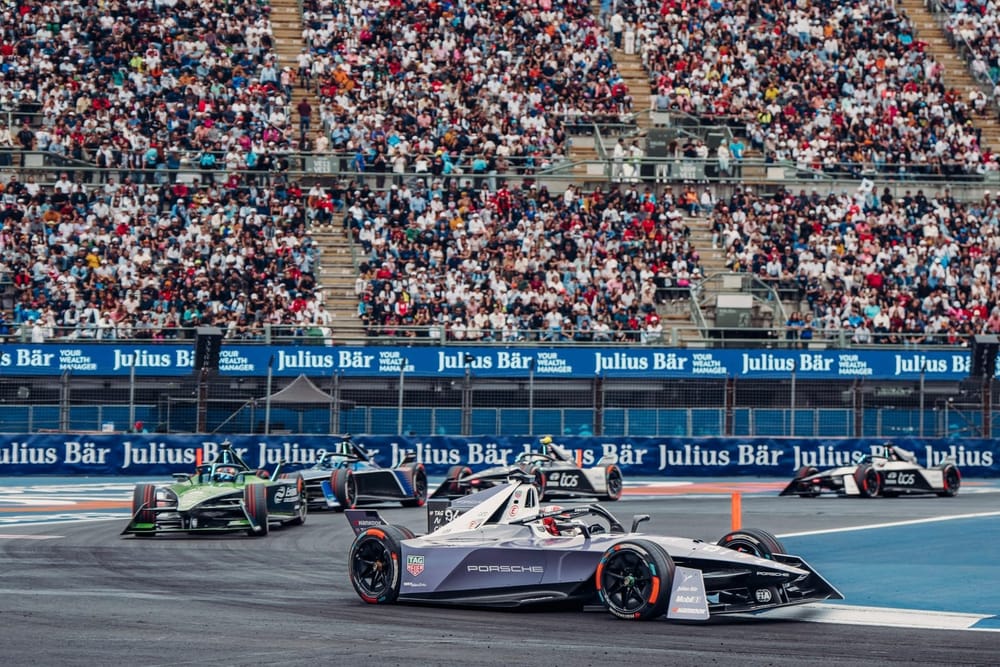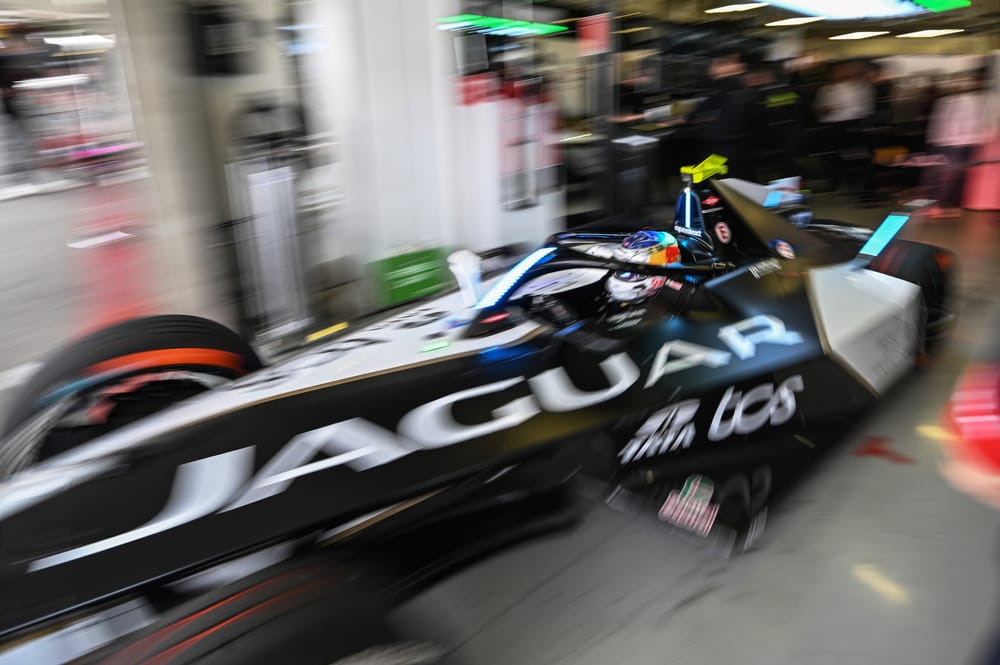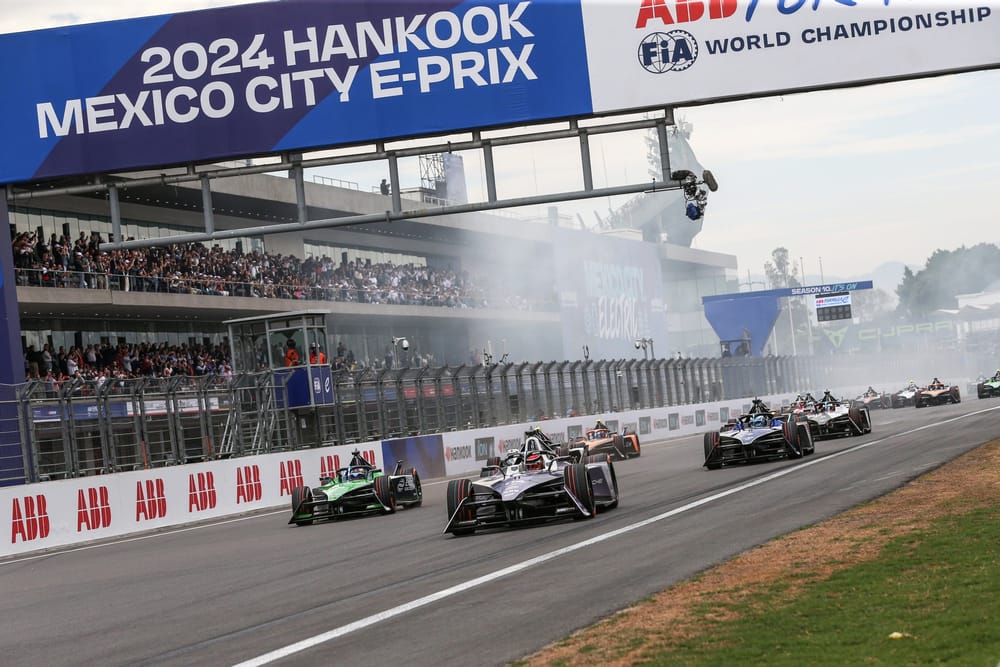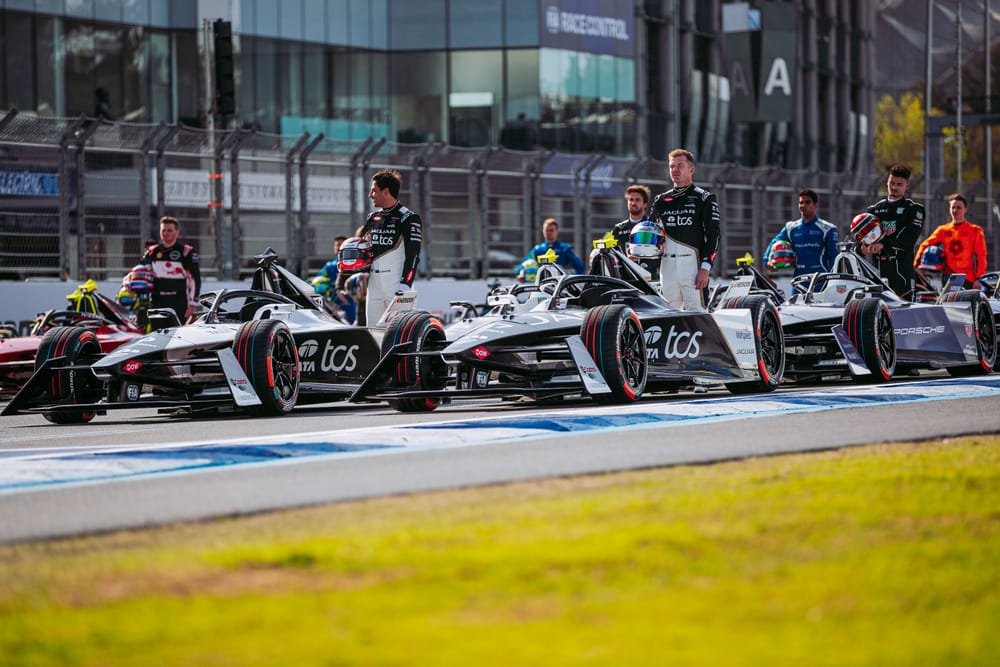“Ultimately it’s quite boring to watch.”
That’s reigning Formula E champion Jake Dennis’ assessment of last Saturday’s opening 2024 race at Mexico City.
For context he had just finished a disappointing ninth but he was saying what the majority of the other drivers were opining too.
It’s a bit of a damning judgement but it’s one shared by many of his rivals and colleagues after the race. And that is a crying shame because everything else at the Autodromo Hermanos Rodriguez - the atmosphere, the expectation of the season opener and the sell-out 40,000 crowd - was there.
The simple fact was that the 2024 Mexico City E-Prix was, in essence, very similar to the same fixture held 12 months before. On that occasion Dennis had won at a canter, this time it was the man who followed him home that day, Pascal Wehrlein.
Most of the feedback from drivers referenced the track configuration and the amount of usable energy granted to them by the FIA.
THE CIRCUIT
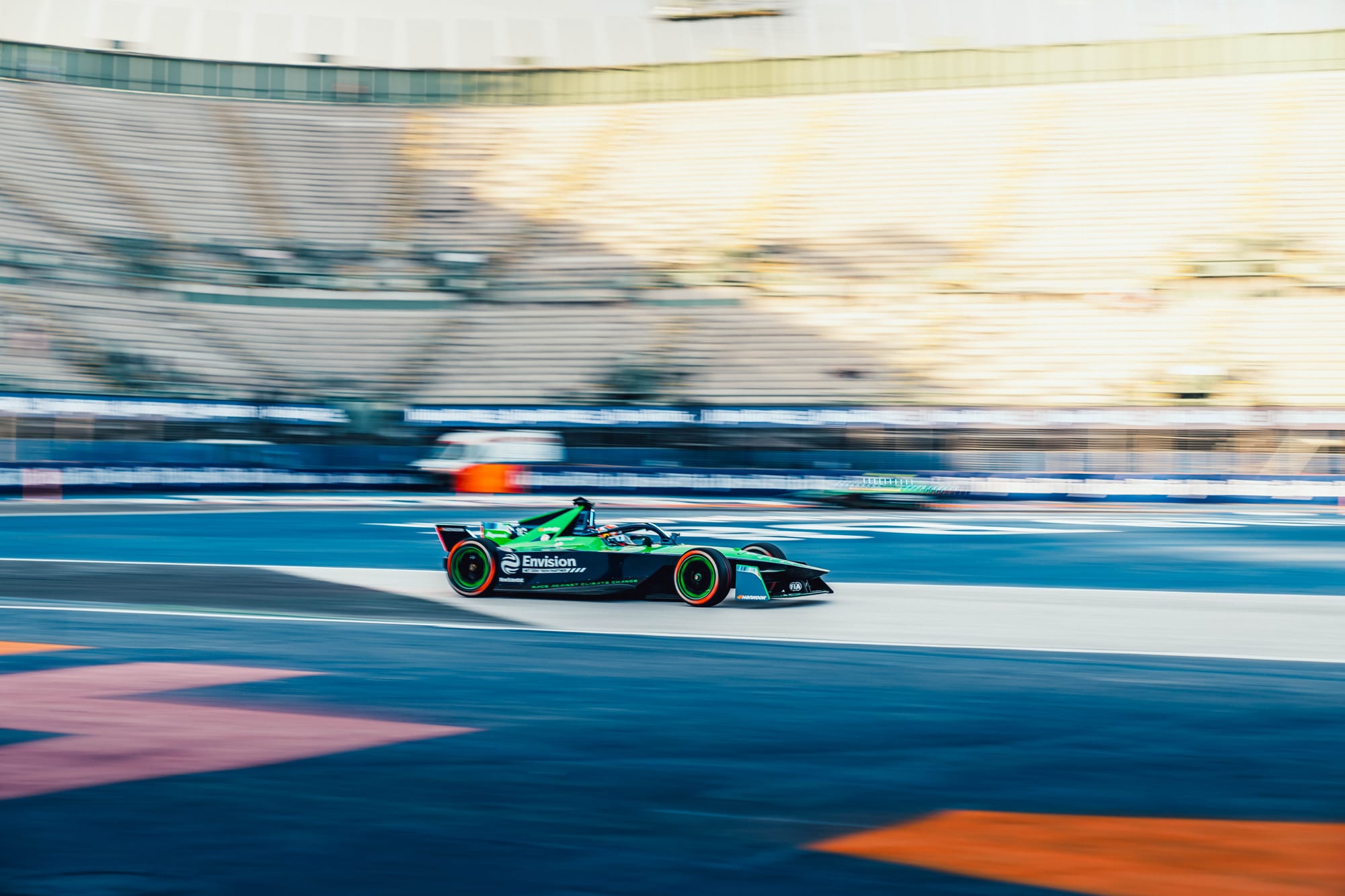
Let’s take the track first of all.
The Autodromo Hermanos Rodriguez Formula E track is ultimately one of the series’ more frustrating venues. The final sweeping Peraltada corner, once feared and vaunted as a muscular challenge, is now a shadow of its former self.
It also has a tendency to bring a problem more associated with conventionally powered single-seater racing, wake disturbance through the Peraltada and on to the short start/finish straight.
The main problem is that it’s too easy to defend at this track.
That’s because the cars give a slight disturbance to those following, manifesting in small-scale sliding, which lap after lap heats up the hard but relatively temperature-sensitive spec Hankook tyres.
THE ENERGY ALLOWANCE
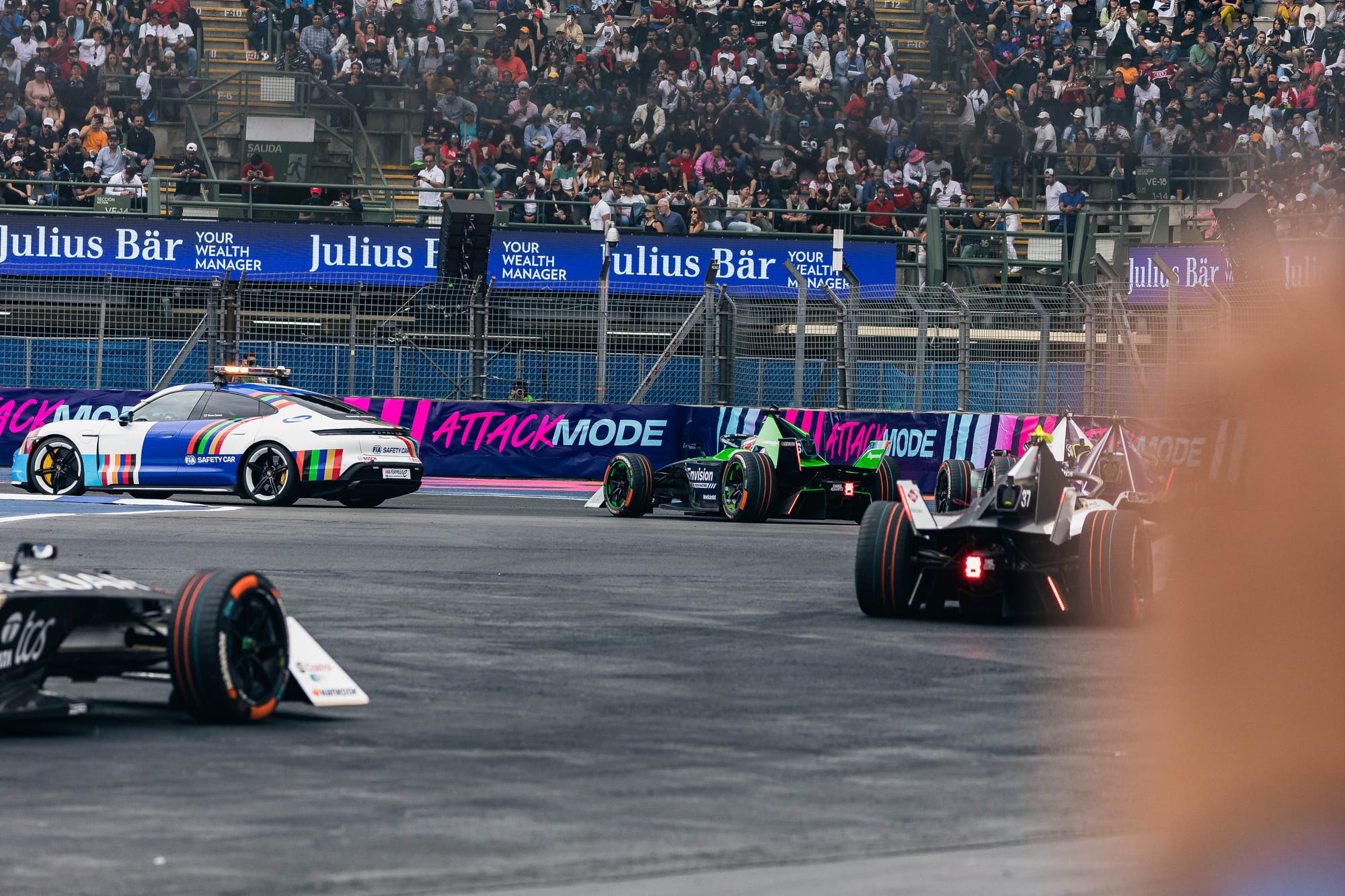
But while the layout and ‘dirty air’ contribute to the lack of overtaking the defining reason really is that the races are flat-out sprints largely thanks to the amount of usable energy dished out.
This season that figure was set at 38.5kW/h, last season the figure was 41kW/h but also this season the race was scheduled to be one lap shorter (though with extra laps after safety cars considered 2024 ended up being four laps shorter).
What is clear is that the amount of lifting and saving of energy was minimal once again, meaning that when positions were set there was little chance of making a move.
In Dennis’ mind the solution is simple. Reduce the energy allowed and ensure more work has to be done on strategy over the duration of the race.
“It’s just way too much energy to start the race, we need way less,” he told The Race.
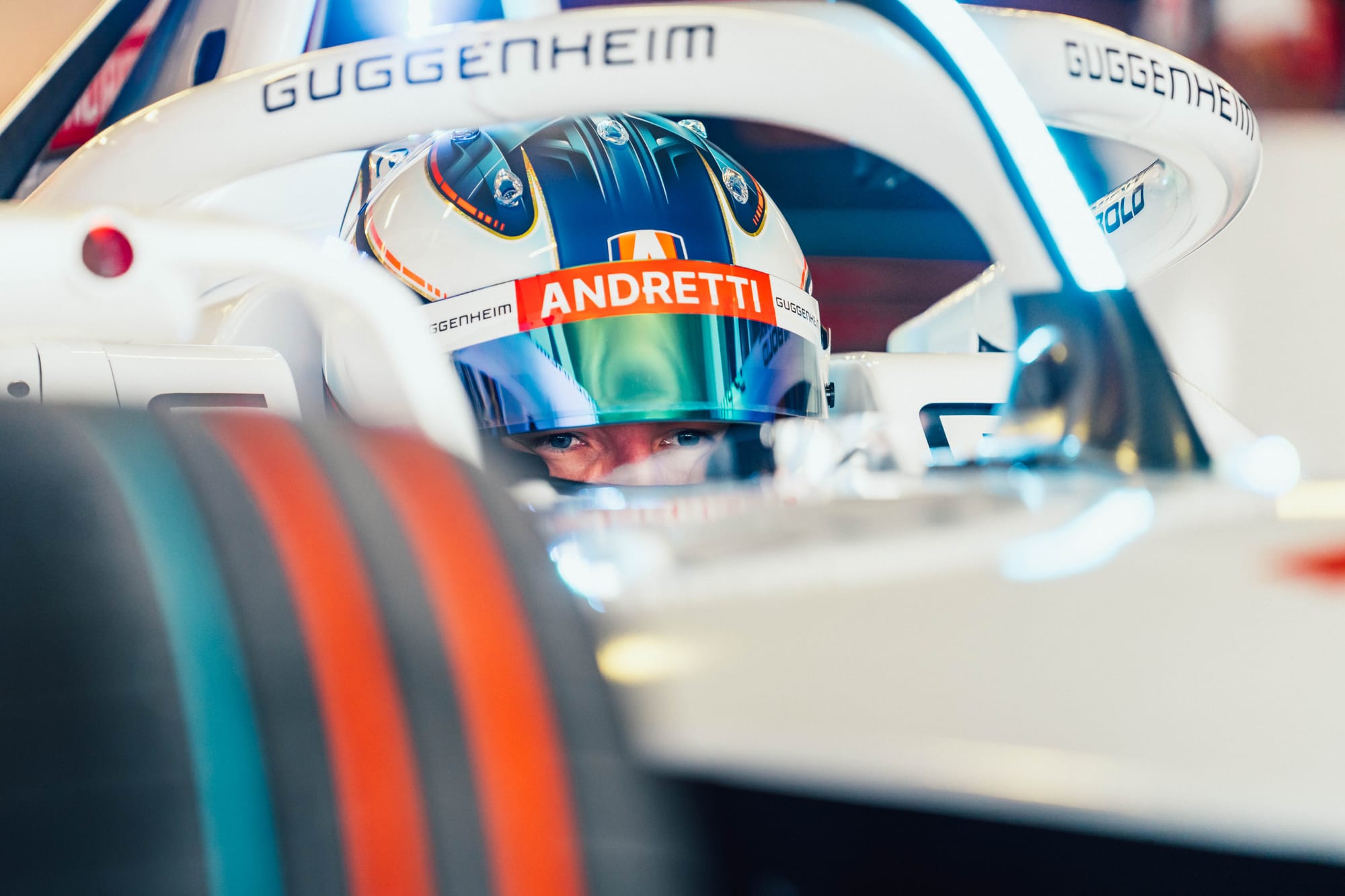
“It seems they haven’t got that balance right. Last year was pretty flat out as well, here was completely flat out and then we go somewhere like Portland and we’re driving round like survival mode.
“We just need to get better numbers; the FIA needs to do some better research on how we use energy around a lap because it’s two years in a row where we’ve been miles off and no one can overtake. Ultimately it’s quite boring to watch."
TRACK CHANGES NEEDED?
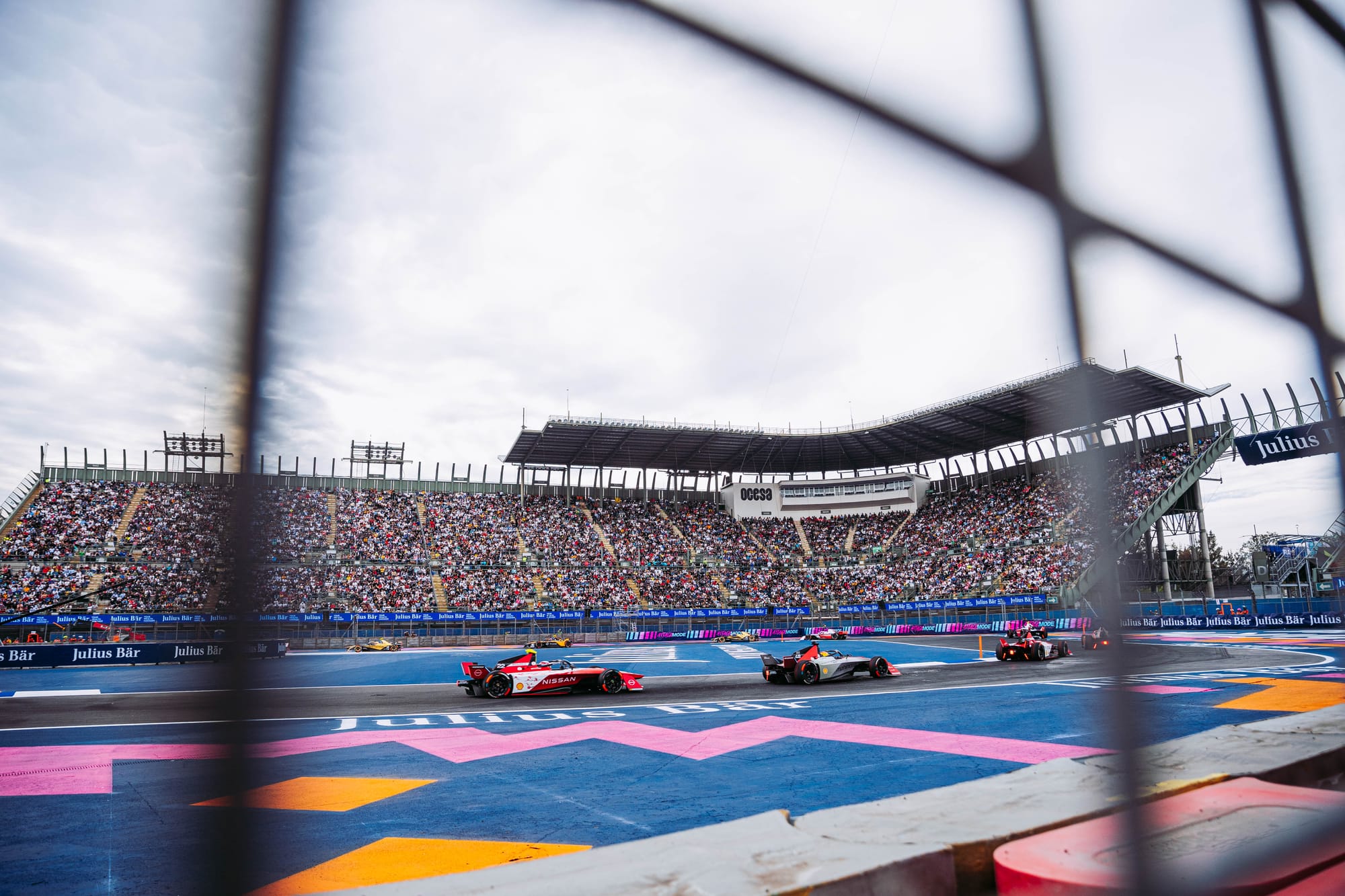
The confines of the track didn’t help. The new loop has brought little to the races since it was introduced in 2022, while the slightly infuriating chicane at Turns 9/10/11 devised in a half-cooked attempt to introduce a hard-braking area for energy regeneration doesn’t help.
The lauded Foro Sol terracing is a superb amphitheatre for the crowd. But what’s the point of it when all the cars do is follow each other around it in a slow-speed snake?
Could changing the crucial first corner which intersects the Formula 1 main straight with the Formula E track be a solution for the future? The drivers are split on that.
“I don’t think [changing Turn 1] will change much personally because we’re so far behind as we exit the final corner anyway,” reckoned third place finisher Nick Cassidy.
“The amount you lose following close in the final corner is unreal and you slide so much that you overheat the tyre too. By the time you get to the start/finish line you’re always three car lengths [behind].
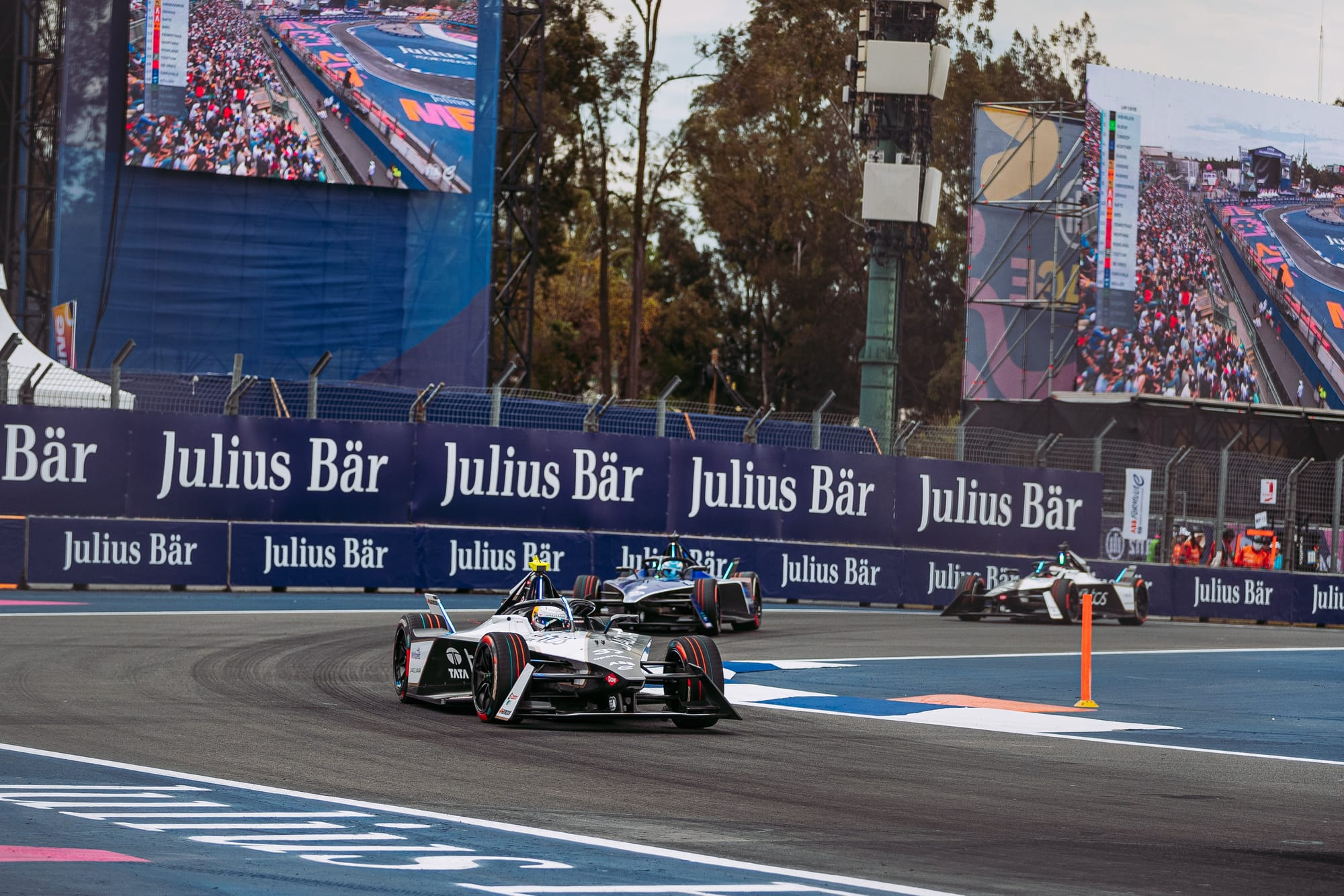
“It’s tough because I don’t want to knock it, it’s a mega event, it’s just hard [to overtake].”
But Abt Cupra’s Nico Mueller wants the FIA to be more creative with a circuit that after all has elements of blank canvas around it.
“I think we should look into adapting the layout a little bit to [increase overtaking chances],” he told The Race.
“There are a lot of options, Turn 1 is very bad for overtaking with the wall that kind of sticks out and the exit that is very unforgiving.
“If we go maybe further down [the main straight] a bit, put a hairpin down there and come back? I think there’s a few options there.”
The Race says
POV: you're driving through the Foro Sol 🤩@Hankook_Sport #MexicoCityEPrix pic.twitter.com/nDld6ElK04
— Formula E (@FIAFormulaE) January 13, 2024
You’ll struggle to find even the most die-hard Formula E fan waxing lyrical about the opening race of the 2024 season.
The famous Foro Sol ultras resorted to half-hearted Mexican waves at one stage of the race, always a sure sign that like the vast majority of those in attendance had to make their own entertainment.
Ultimately that is a shame because that stadium area is so unique that capturing the usual excitement of Formula E should be more dynamic and spontaneous in such a massive catchment area of humanity.
It’s clear that Formula E and the FIA need to make changes for 2025. What they might be is up for debate but at the very least there needs to be consideration given to rethinking the first corner, as Mueller suggests.
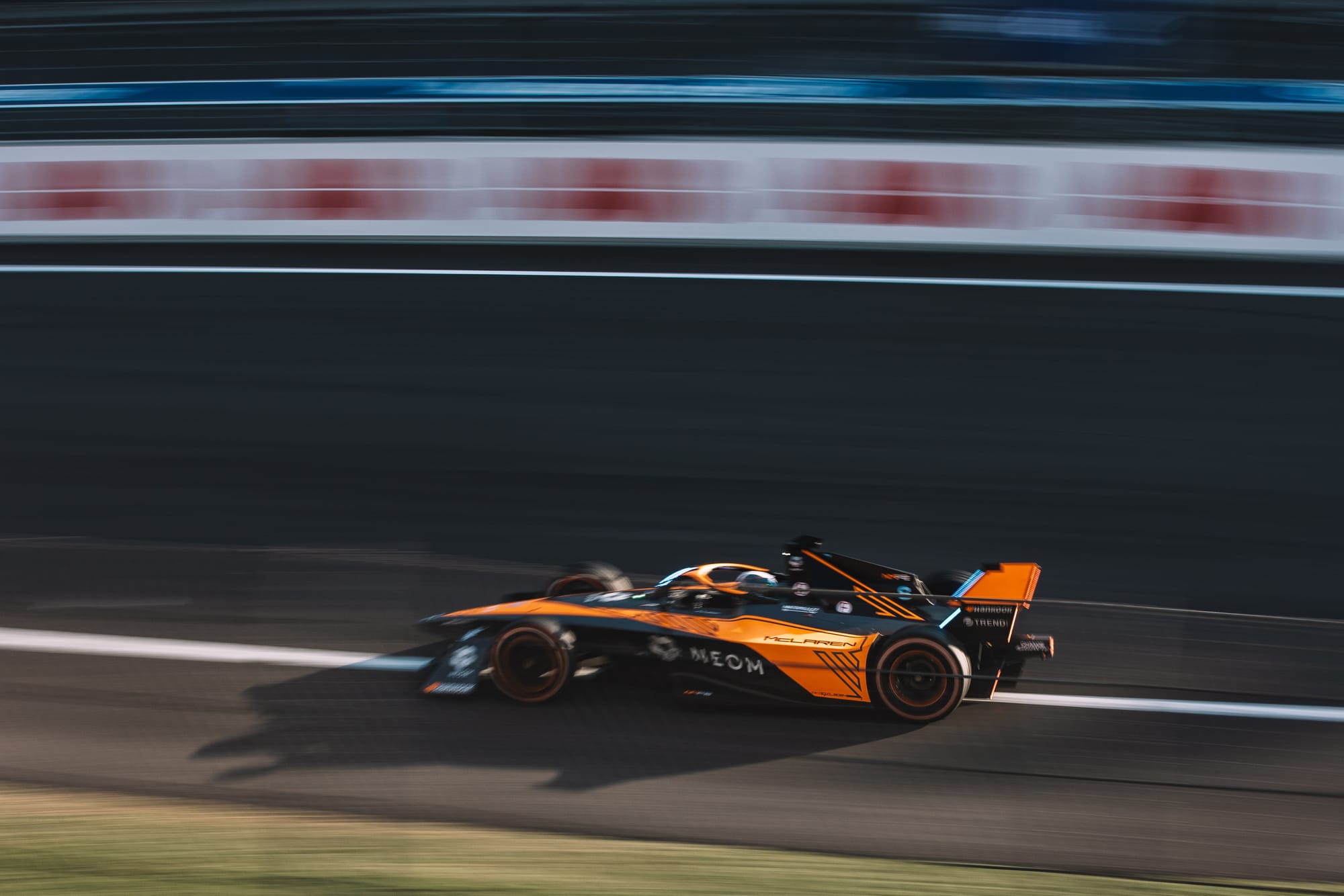
A sharper turn with more braking needed could contribute to more chancing of arms into the right-hander.
Equally, the Foro Sol section is so dull that surely a refresh of the configuration will happen here, so too a possible relocation of the attack mode loops which added little jeopardy at all, as has been the case in the higher power/less grip and thus limited traction ethos of Gen3.
Changing the useable energy for the race is easy and was done on several occasions last season, not least the season finale event in London.
The one argument that the rulemakers will cling to is that races like Mexico City offer variation to the peloton energy-saving races, meaning that at least there are genuine pace-hierarchy events in the calendar.
There is some sense in this from the perspective of mixing up the formats but it has to be done at the right circuits.
Perhaps there is a positive point to this but the fact remains that despite a sell-out event many of those present will have been underwhelmed by the race itself and clearly that needs to be addressed for 2025 should a fresh deal be reached between Formula E and the circuit.
There was a similar reaction to the equally tepid 2023 race, before Formula E went on to produce several action-packed classics as the season went on. 2024 will likely develop a similar trait as upcoming circuits are more likely to produce multiple passing moves and just more jeopardy within their confines.
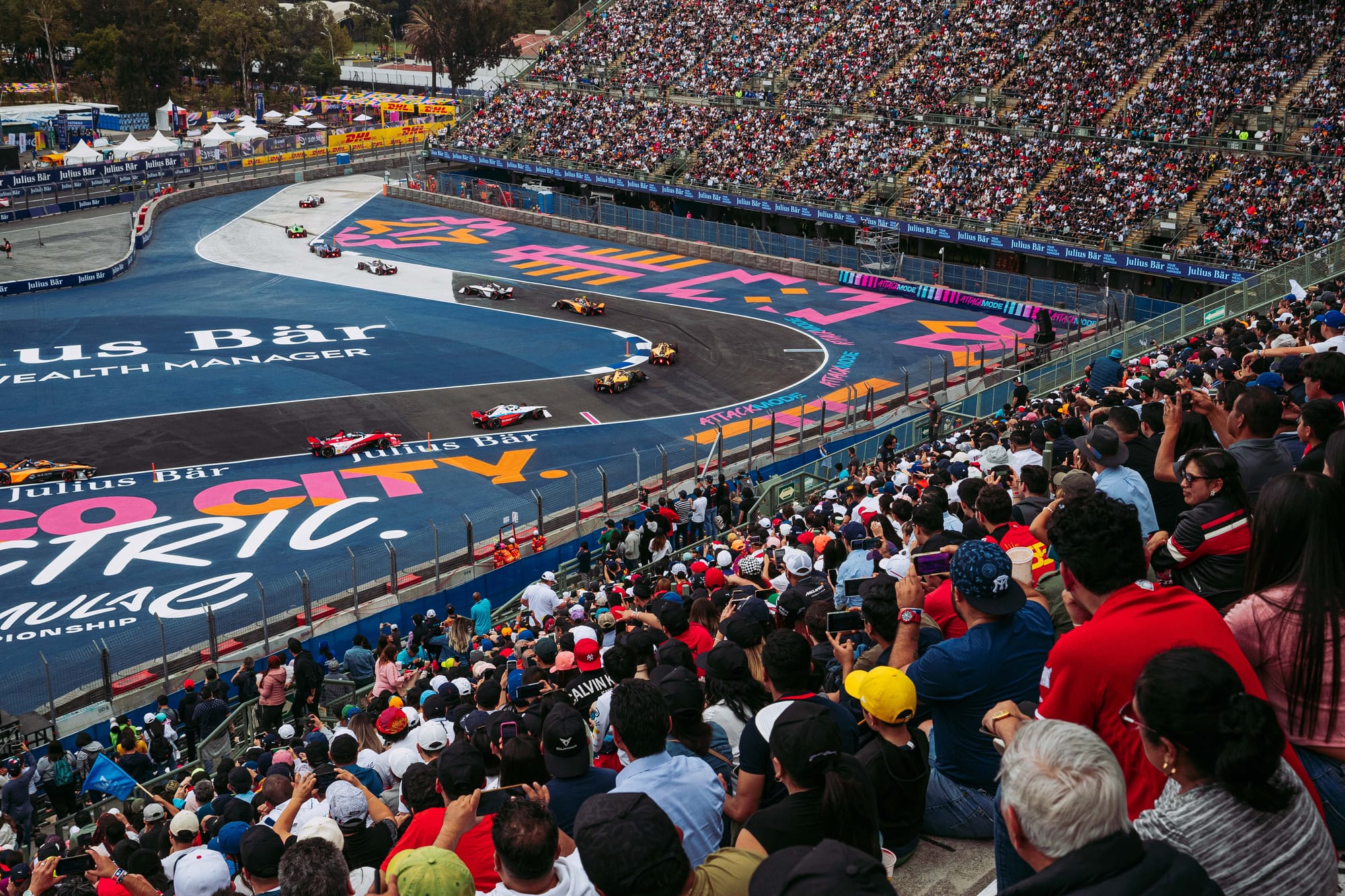
So, Mexico wasn’t a major problem for Formula E. It’s more that it was just a shame that the season-opener, on a weekend with no other motorsport in town, wasn’t able to showcase the formula the way its races usually do.
Change is needed for one of the season’s most popular and high-potential events.


